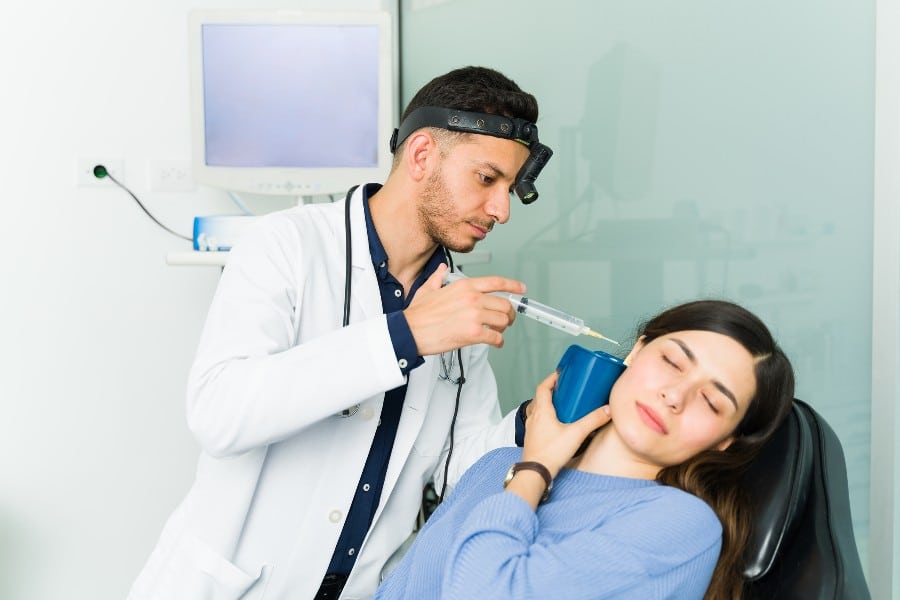Knowing how to clean your ears properly is essential. Your ears are a highly delicate part of your body. If you don’t practice proper hygiene, it can lead to hearing loss and permanent ear damage. So, what’s the correct way to clean your ears? You can use several effective and safe techniques to clean your ears. Doctors advise against putting anything inside our ear canal because our ears already clean themselves and don’t require extra care.
However, some situations require cleaning your ears. For example, you may want to remove or soften built-up ear wax on the outside of your ear canals. If you’re going to attempt to remove your built-up ear wax, you should do it carefully to avoid damage or hearing loss. Below, the experts at Estes Audiology go over proper and safe ways to clean your ears. We also go over the importance of maintaining good ear health and hygiene.
Why Do Ears Make Earwax?
Cerumen, also known as earwax, is healthy to have in your ears. Our body naturally produces earwax to protect and lubricate our ears. If we didn’t have earwax, our ears would be itchy, dry, and uncomfortable. You can think of earwax as a filter for all the dirt and dust entering our ears. Earwax also has antibacterial properties, so our ears can clean themselves naturally.
Contrary to popular belief, earwax doesn’t form in the deep part of the ear canal. Instead, it’s produced in the outer area of the ear and makes its way to the ear opening while you’re chewing or eating, where it dries and falls out. Sticking pointy objects like cotton swabs inside them can cause ear infections, hearing loss, and even a ruptured eardrum. It’s common for earwax to become impacted and block a person’s eardrum. If you clean your ears with a cotton swab, you can push the wax deeper into the canal, which may cause a blockage.
What Is Earwax Compaction?
Earwax is normal and expected in your ear canals, so you should only clean them if the buildup starts causing problems like muffled hearing. When excessive earwax builds up and solidifies inside your ear canal, you can develop impaction or an infection. Impaction is rare but can happen when the ear canal is filled with wax in one or both ears. The symptoms of impaction are:
- Feeling like your ears are clogged with fluid
- Pain in your ear
- Partial or total hearing loss
- Tinnitus or ringing in your ears
- Coughing
- Itching, foul odor, or discharge coming from your ear
How to Properly & Safely Clean Your Ears
It’s natural to feel the need to clean your ears, especially if there is a feeling of fullness or you are experiencing muffled hearing. Though severe hearing conditions need to be seen by a physician, such as an audiologist or ear, nose, and throat specialist, there are several things you can do to properly and safely clean your ears, including:
- Create a mild cleaning solution with equal parts of hydrogen peroxide and water. The hydrogen peroxide helps soften and break down the earwax, allowing it to dissolve and exit your ear more quickly. Commercially marketed eardrops can also help loosen solidified earwax.
- Tilt your head to one side and drop the solution into your ear canal with an ear dropper. Let the drops sit in your ear for several minutes before you raise your head upright to drain to dislodge the clog.
- Using a clean washcloth or tissue, carefully wipe away any residue leaking from your ear. You can also use a clean and damp cloth to wipe away any earwax visible within the ear.
Things to Avoid While Ears
It’s essential to know how to clean your ears properly. However, it’s also important to know what not to do while cleaning them. You might not realize it, but your ears clean themselves and don’t need any help from us or cotton swabs. Healthcare providers never recommend using cotton swabs to clean our ears. They can be used to wipe away excess earwax or remove water after swimming. Remember to always stay on the outside part of your ear while cleaning it.
Small items like ink pens, bobby pins, or the corners of napkins can push earwax deeper into the ear canal, causing even more buildup and impaction. Most healthcare professionals suggest not putting anything smaller than your elbow in your ear. This means you should not use sharp objects, cotton swabs, or anything that could potentially damage your eardrum or ability to hear. It’s also important to avoid using ear candles. The fire involved in the process can burn you and get candle wax inside your ear.
How to Use Q-Tips the Right Way
Using a Q-Tip to clean out the interior part of your ear is never recommended by healthcare professionals. Cotton swab packaging usually warns to keep them out of your ear canal. The best way to use a cotton swab for cleaning is on the outer part of the ear to wipe away any wax that has made its way out of the middle ear. You can also use cotton swabs to clean residue or remaining water after washing your face, swimming in the pool, or showering.
Protecting Your Ears
Beyond keeping your ears clean and scheduling regular hearing evaluations with your provider, follow these tips to protect them and ensure good hearing health for years to come:
- Don’t insert small objects into your ear canal. You shouldn’t put anything smaller than the tip of your elbow inside your ear canal because it can cause injury to your eardrum or earwax impaction.
- Limit exposure to loud noises and wear proper hearing protection in loud environments.
- Take breaks from using your headphones, and avoid increasing the volume too much. Be aware of the volume in your car’s sound system as well.
- Dry out your ears after you’re done swimming or taking a shower to prevent swimmer’s ear. Use a clean washcloth to wipe the outside of the ear, and tilt your head to one side to help drain any additional water.
- Watch out for any changes in your hearing when you use certain medications. Contact your healthcare provider if you notice anything different, experience balance issues, or hear ringing in your ears.
- Visit with a healthcare provider as soon as you notice sudden pain in your ears, experience hearing loss, or have an ear injury.
Achieve Good Ear Health With Help From Estes Audiology
Some earwax is entirely normal and healthy to have in your ear canals. They must be cleaned out if they build up too much and start causing symptoms like muffled hearing or dizziness. Built-up earwax can get impacted and cause an ear infection, which can be extremely painful to deal with. If you’re experiencing any symptoms of impaction, it’s essential to have a healthcare provider check to be sure it’s not something that requires immediate medical attention.
Estes Audiology has years of experience providing comprehensive hearing healthcare services throughout Texas and Louisiana. We’re passionate about helping our patients achieve better hearing health and an enhanced quality of life. Contact us today to learn more, or schedule an appointment online to get started.



